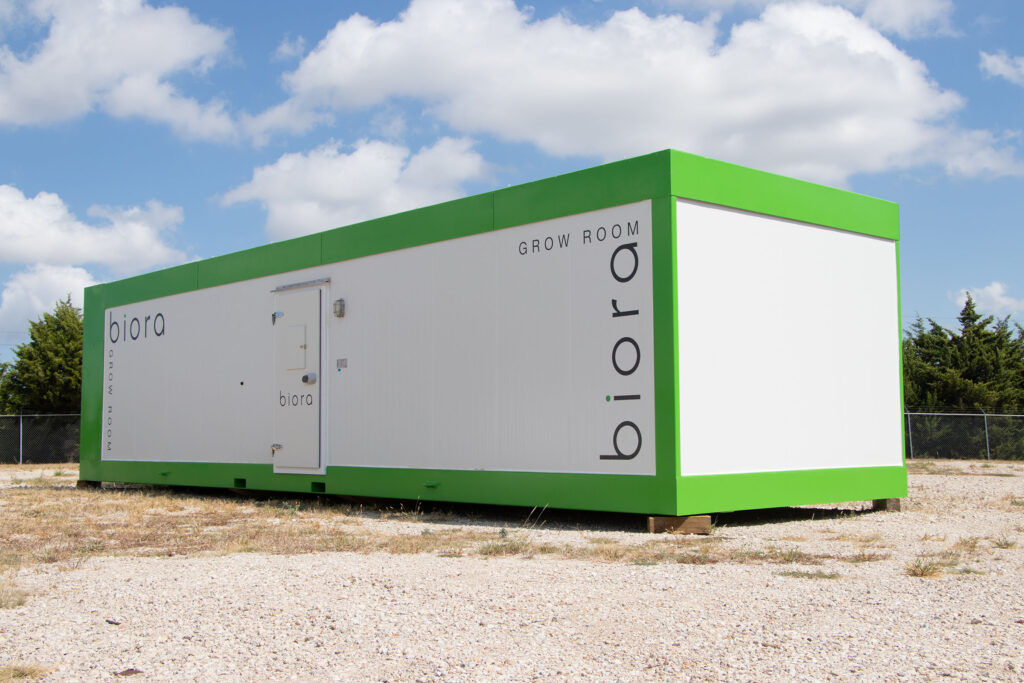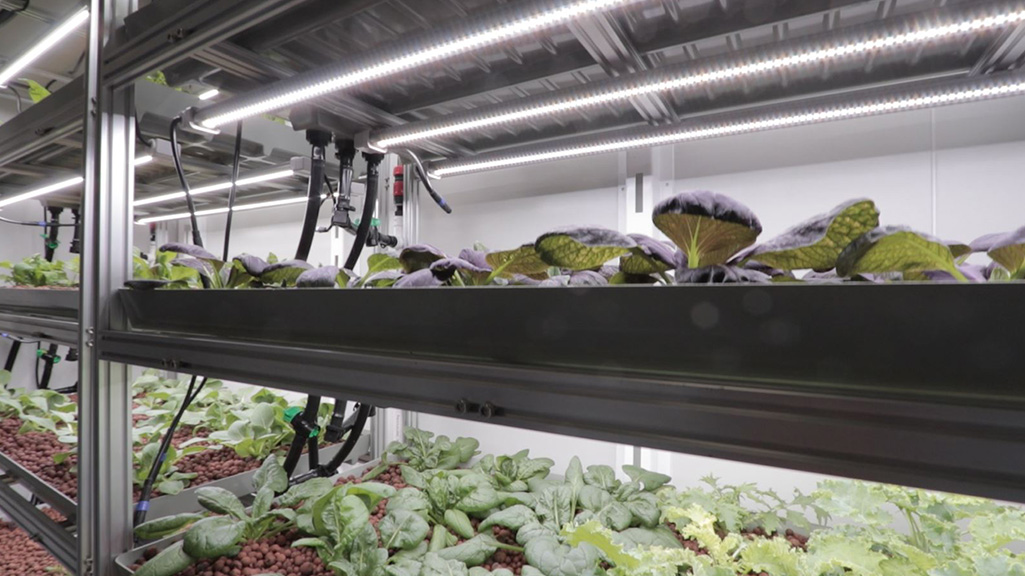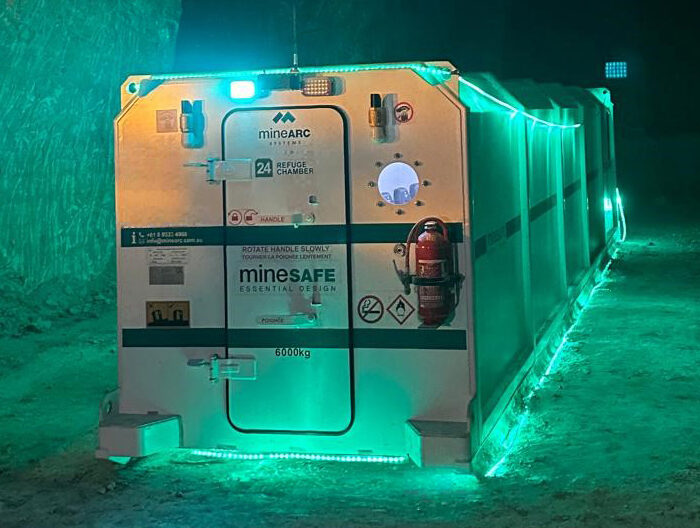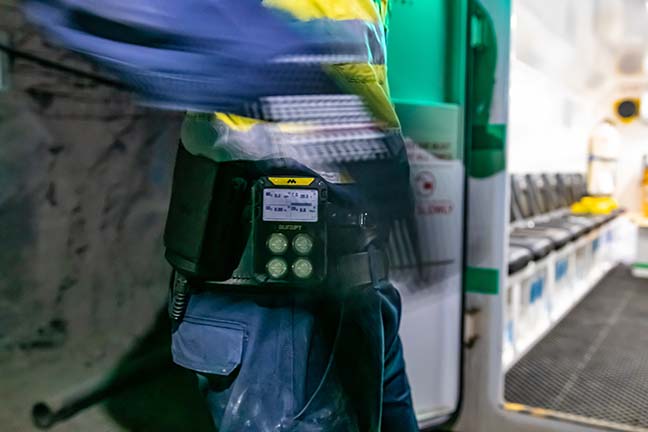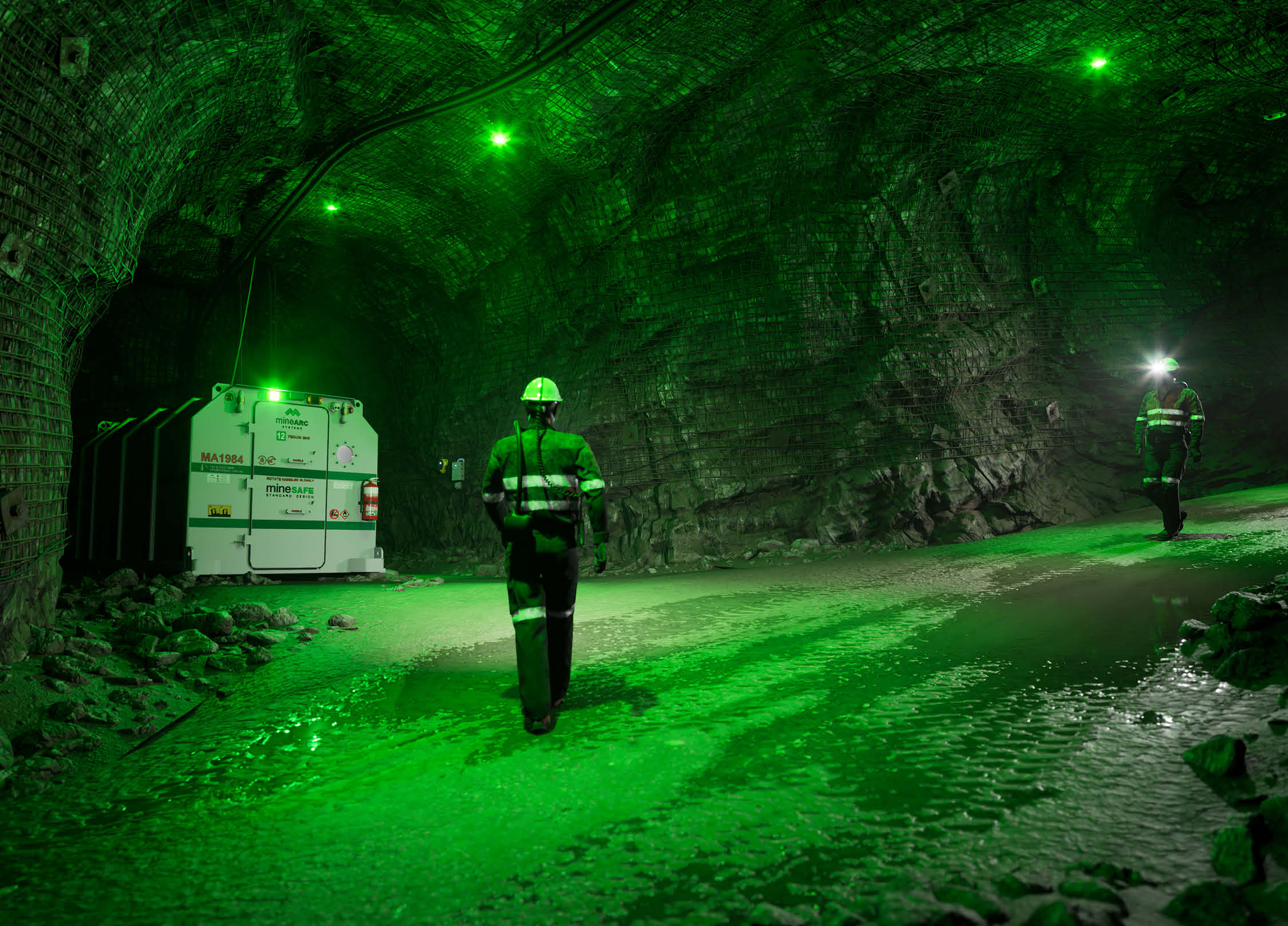In 2018, the United Nations Department of Economic and Social Affairs reported that 55% of the world’s population lived in urban areas; a figure that is expected to increase to 68% by 2050.
Furthermore, the Food and Agriculture Organization (FAO) of the United Nations predicted that by 2050, soil erosion could reduce up to 10% of crop yields; equivalent to eliminating millions of hectares of land from crop production. Should this be the case, many countries will encounter even greater challenges in meeting the needs of their ever-growing urban populations.
As society continues to face the very real threat of food shortages, vertical farming can provide an effective solution to increasing supply through the method of producing fresh fruit and vegetables inside a controlled indoor environment, close to urban settings.
What is vertical farming and controlled environment agriculture (CEA)?
Vertical farming is the method of growing crops indoors using soilless farming techniques such as hydroponics, aquaponics, and aeroponics with vertically stacked layers. It also incorporates controlled environment agriculture (CEA) philosophies; designed to optimise plant growing conditions by controlling nutrients, air flow, lighting, and humidity.
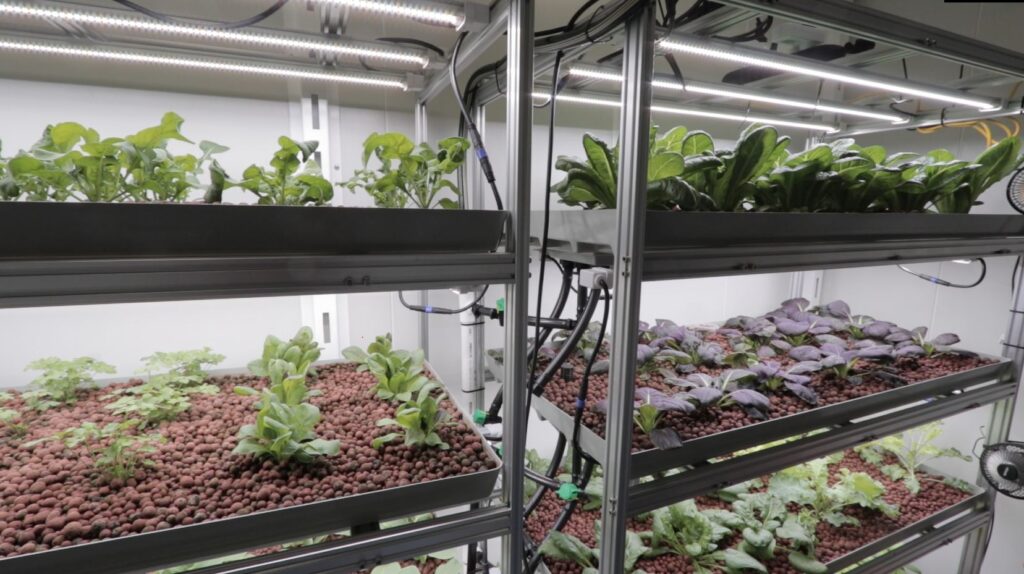
Where might this solution be used, and what advantage does it provide?
The growth of crops through traditional farming methods can be impacted by unfavourable weather, whereas vertical farming is designed to minimise any damage from the effects of natural climatic conditions. For this reason, it provides the advantage of year-round fresh seasonal crop production.
By stacking plants vertically on shelves, greater crop yields can be achieved across the same square footage of growing area. Higher levels of precision in controlling the growing parameters means that crops can be harvested more regularly.
The hydroponic methods designed for CEA consume minimal amounts of water when compared to normal cultivation techniques. Utilising a regulated, nutrient-filled system, plants absorb the required quantity of water, and the rest is recycled back into the system.
As vertical farming adopts a controlled environment agriculture approach, the need for pesticides is eliminated; resulting in organic, clean produce fit for consumption. Vertical farming does not cause land and soil damage, therefore positively impacting the restoration of our ecosystem.
Finally, vertical farming can be implemented in any metropolitan city, providing a local source of fruit and vegetables at the point of consumption. This reduction in transport means fresher food supplies and a decrease in costs, carbon footprint and the demand for refrigerated storage.
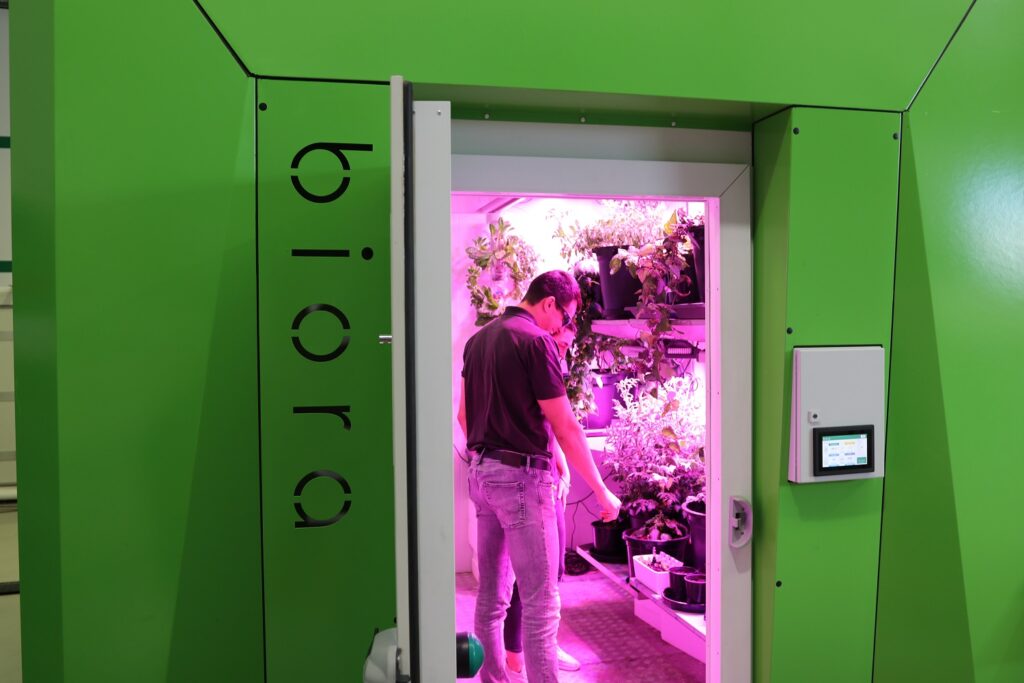
What are the important considerations when it comes to setting up a vertical farming facility?
A high initial cost in setting up a CEA facility can be a barrier to the initiation of vertical farming. To properly control the internal environment, requirements include artificial LED lighting, cooling, dehumidification and sophisticated growing systems.
The choice of produce is also an important consideration. Although both cereal crops and leafy greens can be farmed within a CEA environment, some plants will be more financially viable than others. Salad leaves, strawberries, herbs, and tomatoes are popular to farm inside CEA chambers because they can grow quickly. Cereal crops such as wheat and corn are often less cost effective to farm indoors as they are too tall to stack.
How can Biora provide a solution, and what makes us different?
Biora Plant Growth Chambers are capable of catering towards a range of CEA applications, from food cultivation to research studies. These secure and robust enclosures offer innovative functionality, versatility, and replication of any environmental condition.
Based on different applications, locations and requirements, there can be pre-built or constructed onsite.
Biora Vertical Farming Chambers provide a significantly higher output than standard container farms, due to the purpose-engineered gas monitoring, LED lighting and cooling technology that allow for precise environmental control in any location. They also come equipped with an advanced touch-screen HMI panel, allowing fine manipulation of the internal conditions of the unit. Once the chambers are in place and configured for the required plant production, they do not require an expert to operate and are easy to maintain and supervise.
Contact your local Biora by MineARC representative to discuss how we can assist with your vertical farming requirements, or email info@minearc.com.au for more details.
